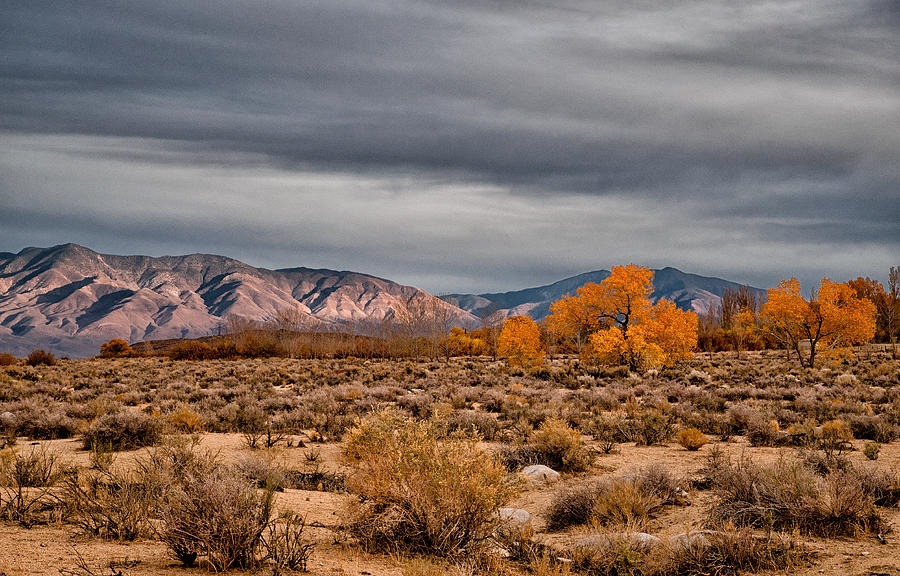
Duane provides information and educational programs to adult and youth audiences in the areas of soil quality, weather and climate, energy conservation, and disaster preparedness. These programs provide practical solutions for families, farms, and communities. Got that going for us.ĭuane Friend is an energy and environmental stewardship educator with University of Illinois Extension, serving the organization in many roles since 1993. So, we get a few extra minutes of daylight because of that refraction. One of reasons for this is because the atmosphere acts to bend sunlight so that we see it before it is actually above the horizon, and we will see it for a couple of minutes AFTER it has actually set. While the Equinox occurs when the sun is directly over the Equator, the actual day for equal day and night for the Autumnal Equinox may happen a few days after. Does everyone really have equal day and night on the Equinoxes? This is why the Southern Hemisphere experiences the exact opposite season that we have at any particular point in the year.Įxcept for the Equator and the Poles, all other locations have changing amounts of daylight every day.

From the September to March timeframes, the direct sun and longer hours are south of the Equator. If the Earth was not tilted on its axis, there would be no seasons.įrom the March Equinox to the September Equinox the more direct sunlight is north of the Equator, and that’s also where the longer daylight hours are. It also changes the amount of daylight different locations receive. The tilt doesn’t change, but as the Earth moves around the sun, this changes where the Earth receives more direct sunlight. The tilt is 23.5 degrees away from being straight up and down. The reason these changes occur is because the Earth is tilted as it spins or rotates. The relationship between the Earth and Sun At the South Pole, the sun is rising and will be up for six months. Not exactly, but more on that in a bit.įor the September Equinox, the sun is getting ready to go below the horizon for six months at the North Pole. With the sun directly overhead at the Equator, the whole earth will experience 12 hours of day and 12 hours of night. Remember the earth is constantly moving around the sun, so it’s not like it stops for a day to do this. On those two days, the noon sun is directly overhead at the Equator.

We have two equinoxes yearly, one in March (the March or Spring Equinox) and the other one in September.

What is an Equinox and why do we use it?Įquinox basically means “equal night.” It comes from a couple of Latin words. The passage of summer to fall happens this year on September 22, which is called the September or Autumnal Equinox.


 0 kommentar(er)
0 kommentar(er)
